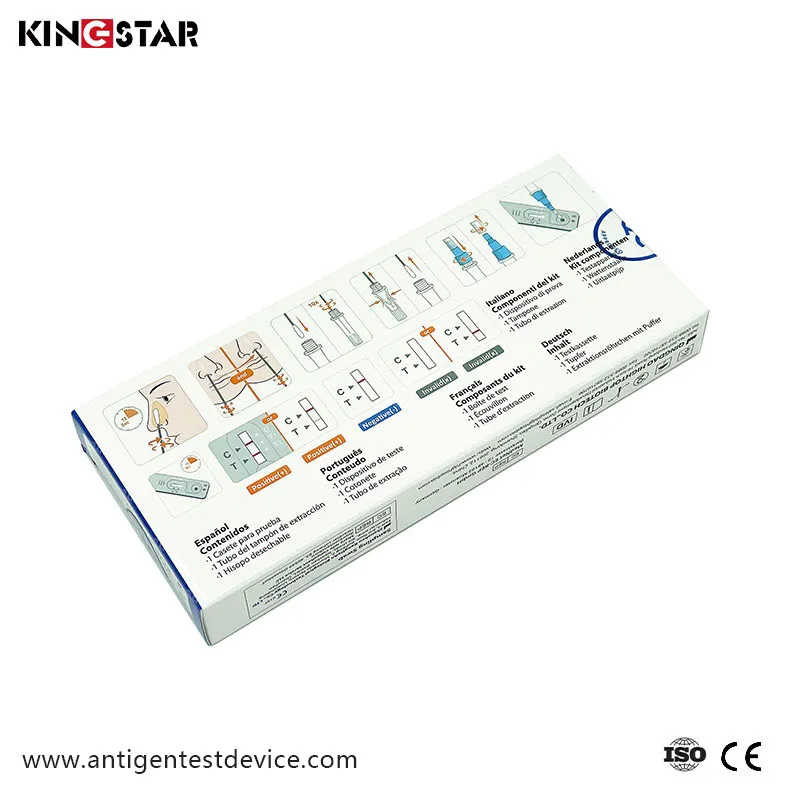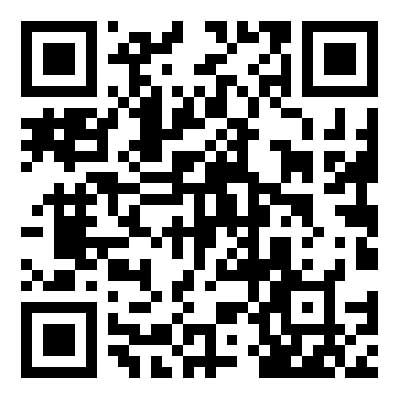Good Practices for Self-Administered Rapid Antigen COVID-19 Tests: Ensuring Safe Collection and Accurate Results
2024-11-12
With the increasing availability of at-home COVID-19 rapid antigen tests, individuals are now empowered to test themselves. However, correct sample collection and handling are essential to obtain accurate results. In this guide, we’ll cover best practices for safely collecting a sample, reading results, and properly disposing of materials in a self-testing environment.
Key Points to Cover:
1. The Convenience and Importance of Self-Administered Rapid Antigen Tests
- Explain the growing popularity of at-home COVID-19 testing kits and their importance in identifying infections quickly, especially for individuals who may not have immediate access to healthcare facilities.
- Mention that these tests allow for early detection, enabling individuals to isolate if necessary and protect others from potential exposure.
2. Step-by-Step Guide to Safe Sample Collection at Home
- Prepare the Testing Area: Describe how to set up a clean and disinfected testing area to avoid contamination.
- Read Instructions Carefully: Emphasize the importance of thoroughly reviewing the instructions specific to each test kit to avoid common errors.
- Performing a Nasal Swab Collection: Provide a step-by-step guide for collecting a nasal swab safely, including washing hands thoroughly, inserting the swab into the nostril as directed, and carefully following the procedure for rotating and removing the swab.
- Avoiding Common Mistakes: Warn about errors like inserting the swab too shallow or not rotating it sufficiently, which can lead to an insufficient sample and inaccurate results.
3. Safety Precautions for At-Home Test Collection
- Wearing Masks and Gloves (If Available): Recommend wearing a mask while self-testing, especially if other household members are present, and suggest gloves to prevent any contamination during handling.
- Proper Hand Hygiene: Stress the importance of washing hands with soap and water or using hand sanitizer before and after the test.
- Safe Disposal of Test Materials: Advise individuals to dispose of all test materials (including swabs, gloves, and test kits) in a sealed bag to reduce the risk of contamination for others.
4. Interpreting Rapid Antigen Test Results at Home
- Positive Result: Explain that a positive result generally indicates a current infection, recommending that individuals follow public health guidance on isolation and inform close contacts.
- Negative Result: Discuss that a negative result may indicate no infection but is not definitive; individuals should still follow safety measures if symptomatic or exposed to a confirmed case.
- Invalid Result: Clarify what to do if the result appears invalid (e.g., due to improper handling or reading the results outside the time window), suggesting retesting or contacting a healthcare provider for guidance.
5. When to Use Rapid Antigen Tests and Their Limitations
- For Symptomatic Individuals: Recommend using the test if experiencing COVID-19 symptoms for quick detection and isolation.
- For Asymptomatic Testing: Explain that while rapid antigen tests can detect infections in asymptomatic cases, they are generally less sensitive than PCR tests, especially in early infection stages.
- Limitations and Confirmation with PCR Testing: Emphasize that rapid antigen tests are less sensitive than PCR tests, particularly in asymptomatic cases. For critical or high-risk situations, confirmatory PCR testing may be advisable.
6. At-Home Rapid Antigen Testing and Public Health Impact
- Reducing Community Transmission: Discuss how at-home testing enables individuals to quickly identify infections, isolate if needed, and notify close contacts, thus playing an active role in minimizing the spread.
- Testing Frequency and Ongoing Monitoring: Recommend regular testing in high-risk situations, such as after exposure to a COVID-positive person, or before attending gatherings, especially if in contact with vulnerable individuals.
At-home rapid antigen tests for COVID-19 are a convenient and accessible tool for managing personal health and contributing to public safety. By following proper collection and disposal protocols, individuals can help protect themselves and those around them, especially during high-risk or exposure-prone situations.



